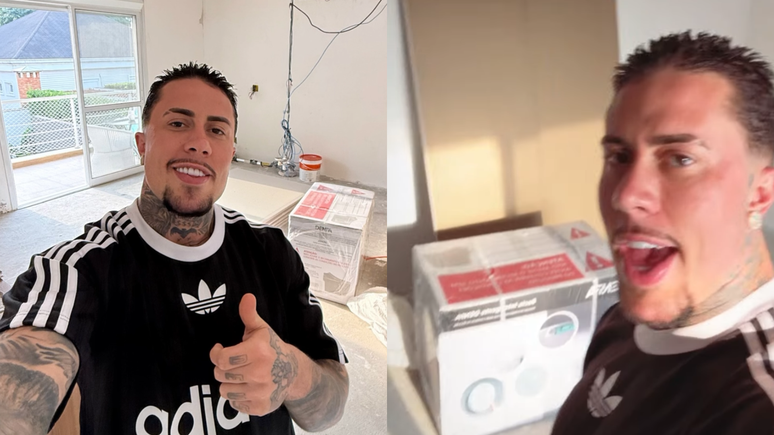The plastic surgeon explains the effects and risks of phenol peeling, a procedure that killed a man in Sao Paulo
Businessman Henrique Silva Chagas, 27, died on Monday (03/06) after undergoing a phenol peel in Sao Paulo. The procedure took place at the clinic of a beautician and influencer, which was closed and fined by the Municipality’s Health Surveillance.
The beautician Natalia Fabiana de Freitas does not have a license to perform the procedure and is wanted by the police. According to Fernando Amato, plastic surgeon and member of the Brazilian Society of Plastic Surgery (SBCP), only dermatologists and plastic surgeons should perform phenol peeling.
According to the doctor, the application should be the responsibility of someone who knows the patient’s indications and comorbidities, the doctor says. Furthermore, it must take place in an environment that can promote safety. “In other words, the patient must be monitored and, if he presents complications, he can be treated immediately and transferred to hospital for treatment,” says the surgeon.
Risks of phenolic peeling
This because Phenol peeling enters the bloodstream and can even promote cardiac arrhythmias. “It is therefore a procedure that must be performed by a specialist doctor, preferably with experience in the procedure,” says Fernando.
According to the doctor, phenol peeling is usually “special” because it is one of the few peels that can give excellent and long-lasting results, but it has its risks as it can enter the bloodstream and have a cardiotoxic effect.
What is phenol peeling used for?
The procedure is for the face and involves applying a caustic solution that causes burns and peeling of the skin. The goal is to promote skin regeneration by removing the outer layers of the skin and stimulating collagen production.
According to Fernando, phenol peeling is used to treat deep wrinkles, acne scars, sun spots and damage caused by aging itself. “It is recommended for patients who have lighter complexions, deep wrinkles on the face, acne scars, blemishes and who have no comorbidities. Or comorbidities that are not affected by the procedure,” explains the doctor.
Additionally, downtime (recovery time) also requires attention. This is because, in the case of phenol peeling, the patient remains with scabs on the face for longer, and after these fall off, for 5-7 days, the patient also has redder skin, more prolonged hyperemia.
“And, if there is no adequate treatment, it can also lead to hyperchromia or hypochromia, that is, those dyschromias in which an unwanted change in color occurs”, warns the specialist.
Similar procedures
Fernando points out that there are several treatments that can bring results similar to those of phenol peeling. For example, there are other peels, but the indication depends on each case.
There is also the CO2 laser, which can reach a deeper layer and which also has its limitations. And surgery, rhytidectomy, may also be an option.
Source: Terra
Ben Stock is a lifestyle journalist and author at Gossipify. He writes about topics such as health, wellness, travel, food and home decor. He provides practical advice and inspiration to improve well-being, keeps readers up to date with latest lifestyle news and trends, known for his engaging writing style, in-depth analysis and unique perspectives.









